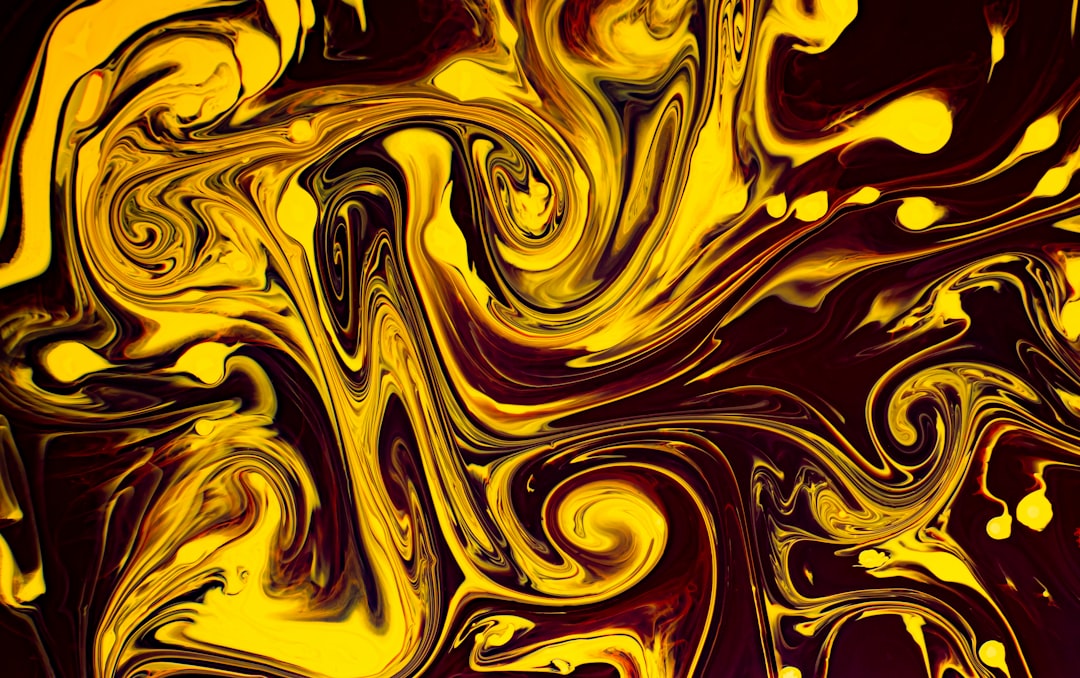Abstract art is a form of artistic expression that often leaves viewers puzzled, confused, or even frustrated. Many people struggle to understand or appreciate abstract art because it does not depict recognizable objects or scenes. However, with a little guidance and an open mind, anyone can learn to appreciate the beauty and complexity of abstract art.
If you’re new to the world of abstract art, here is a beginner’s guide to help you navigate this fascinating and often misunderstood genre of art.
1. Understand the Purpose of Abstract Art
One of the first things to understand about abstract art is that it is not meant to represent reality. Instead, abstract art is about conveying emotions, ideas, and concepts through shapes, colors, and forms. By letting go of the need for art to be representational, you can open yourself up to a whole new world of artistic expression.
2. Pay Attention to Composition and Design
In abstract art, the composition and design of the artwork are crucial elements that convey meaning and emotion. Look for patterns, lines, shapes, and colors that work together to create a visually dynamic and engaging piece of art. Pay attention to how the different elements of the artwork interact with each other and how they lead your eye around the canvas.
3. Embrace the Unknown
One of the challenges of abstract art is that it can be open to interpretation. Instead of trying to “figure out” what the artwork is supposed to represent, try to embrace the ambiguity and allow yourself to be drawn into the artwork’s emotional and visual impact. Abstract art invites viewers to bring their own experiences, emotions, and perspectives to the artwork, creating a unique and personal connection.
4. Experiment with Different Styles and Artists
There are many different styles and techniques within the world of abstract art, so don’t be afraid to explore and experiment with different artists and movements. From the vibrant colors of the Fauvists to the geometric shapes of the Bauhaus movement, there is a wide range of styles to discover and appreciate. By exposing yourself to different artists and styles, you can develop your own preferences and gain a deeper understanding of abstract art.
5. Consider the Artist’s Intent
While abstract art may not have a literal subject matter, it is essential to consider the artist’s intent and the context in which the artwork was created. Understanding the artist’s background, influences, and artistic philosophy can give you valuable insights into the artwork and help you appreciate the deeper meaning behind the abstract compositions.
6. Trust Your Instincts
When engaging with abstract art, it is essential to trust your instincts and respond intuitively to the artwork. Allow yourself to be guided by your emotional responses rather than trying to analyze or intellectualize the artwork. Abstract art has the power to evoke strong feelings and emotions, so embrace the experience and let yourself be moved by the beauty and complexity of the artwork.
7. Seek out Meaningful Experiences
Abstract art can be a challenging and rewarding experience, so try to seek out opportunities to engage with the artwork in a meaningful way. Visit art galleries and museums, attend exhibitions and art fairs, and participate in art workshops or classes to deepen your understanding and appreciation of abstract art. By immersing yourself in the world of abstract art, you can develop a greater appreciation for its beauty and complexity.
In conclusion, abstract art may seem intimidating at first, but with a little patience and an open mind, anyone can learn to appreciate its beauty and complexity. By understanding the purpose of abstract art, paying attention to composition and design, embracing the unknown, experimenting with different styles and artists, considering the artist’s intent, trusting your instincts, and seeking out meaningful experiences, you can develop a deeper appreciation for abstract art. So don’t be afraid to dive into the world of abstract art and discover the endless possibilities of artistic expression.


